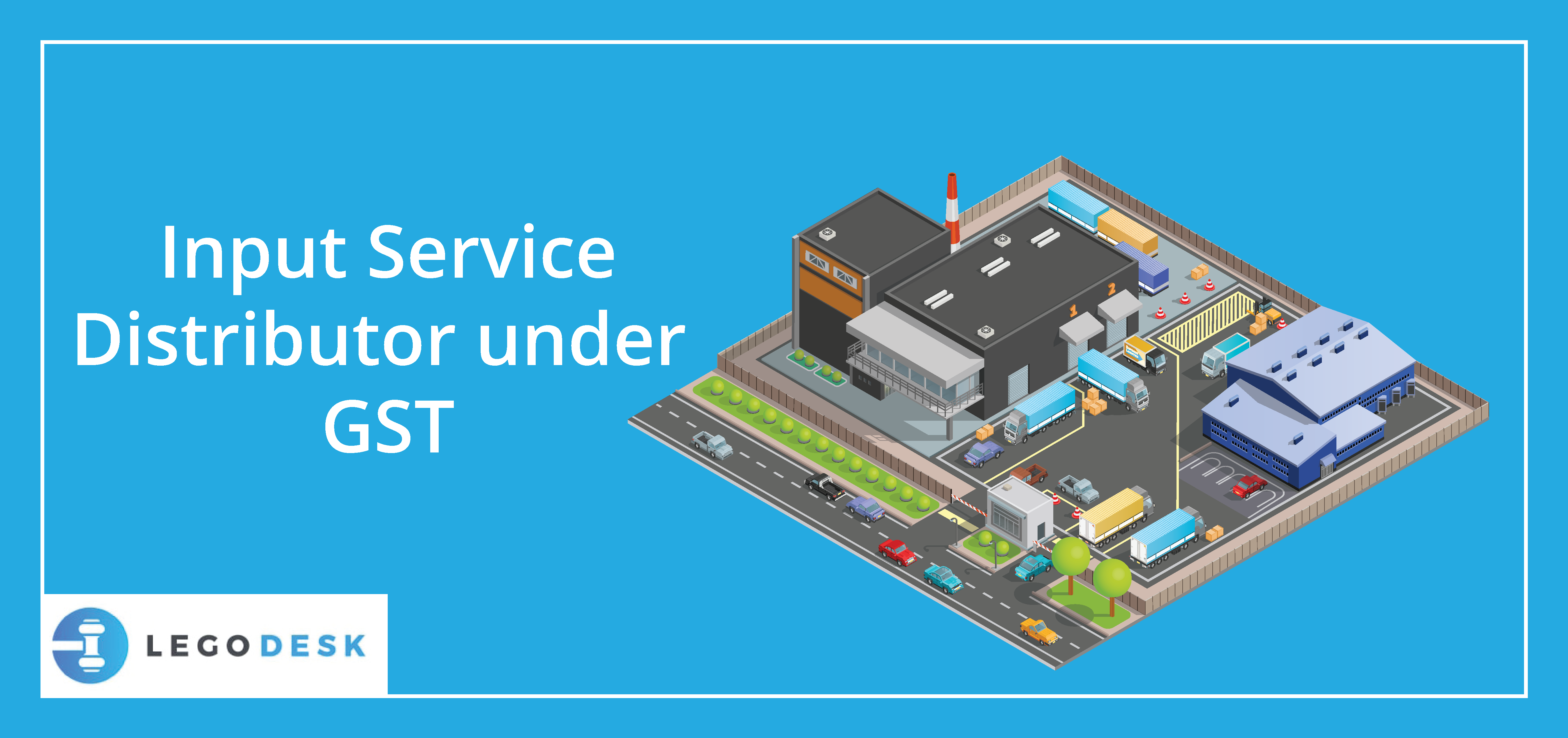
Introduction To Input Service Distributor
ISD (Input Service Distributor) is defined in Central Goods and Sales Tax Act, 2017 (hereinafter referred to as the ‘Act’) under Section 2(61). According to Section 2(61), ISD means the office of the supplier (of goods or services or both), which issues document for distribution of the credit of tax (Central, State, Integrated, or Union). This process is under the Act to facilitate the credit-taking process. The office receives tax invoices under section 31 of the Act towards the receipt of input services.
Read Also – Digital Tips for Domestic Violence Survivors
Purpose Of ISD Mechanism
Companies having head offices at different locations and their units at different ones use this mechanism for distributing loans. However, the mechanism restricts itself to the distribution of credit on common invoices regarding input services only. This means distributing credit does not include goods in it. The head office procures services that are common for all units across the country so that the units can utilize them. For this, the issuance of bills takes place. However, the head office will not provide any output supply itself for utilizing credit accumulated from the input service. As the common expense is for all the business units, the credit of input services shall be distributed between them. Therefore, the ISD mechanism focuses on adequate and proportional distribution such as credit between the consumer units.
Read Also – Getting a Brief Idea of Military Drug Crimes & Consequences
Concept of ISD
ISD is born out of Service Tax Regime and is now under GST. ISD is a compulsion under GST. Thus, every ISD is registered through applying for its registration by obtaining and filing Form GST REG-1. There can be unlimited registrations for an ISD. This is for facilitating the registration of other locations of the same company to be separate. Since there are different locations that the service relate to, therefore, the transfer of credit is also for respective locations. This is for locations having separate registrations for ISD and for the output services delivery in these locations.
As given in Rule 54(1) of CGST Rules, 2017, ISD issues an ISD invoice for the distribution of input tax credit. This rule indicates clearly that the issuance of the invoice is just for the purpose of distribution of input tax credit. The issued input tax credit should be distributed in the month for which they were issued. Furnishing of details of the same shall be in Form GSTR – 6. In this regard itself, there shall be a bifurcation of both amounts of eligible and ineligible input tax credit by the ISD.
Read Also – How to use Legodesk to automate contract management?
Location for Distribution
On account of Central, State or UT tax, the Input tax credit distributed to the recipient in the same location where ISD is located should be as Central, State or UT tax respectively. However, if the location is different then, the amount shall qualify for distribution to such recipient. This means that integrated tax distributed shall be equal to the total amount of Central, State or UT tax’s input tax credit. Although, on account of integrated tax, the input tax credit shall be distributed as an integrated tax.
The ratio for Credit Distribution by the ISD
The units which directly attract supply, only those receive the credit which is distributed. However, if the services attract more than one recipient of credit, then proportionately the distribution takes place. Such proportionate distribution is on the basis of the State/Union Territory turnover of such unit. But, if one of the input services is exclusively for a single unit, then, the bill shall be raised in the name of ISD. This is because in such a scenario ISD can distribute credit to that single unit only.
Read Also: What are the advantages and disadvantages of GST in India
Filing of Returns by ISD
The filing of returns is on a monthly basis by the ISD in GSTR – 6, with all information on the ISD invoices and its issuance to the units. The limitation for filing a monthly return is 13 days after the end of the month. Further, the interested recipient to whom such an invoice was issued can obtain the details in GSTR 2A. Also, the recipient may take credit by including the same in GSTR – 2. There is no requirement for ISD to file an Annual return.
In ISD’s case, the allowance to accept invoices is not present under which there is a discharge of tax by way of reverse charge mechanism. This is because the establishment of ISD mechanism is to facilitate the distribution of credit of taxes paid. ISD has register itself as a taxpayer in order to adopt the reverse charge supplies. Thus, ISD cannot in itself pay taxes to the government account directly and disperse any tax liability.
Read Also – Input Tax Credit under Goods and Services Tax
Conclusion
ISD is useful for businesses having units in different locations and for distribution of credit. Thus, it is clear that the ISD facilitates businesses working on a large scale. This is because the office (ISD) helps in simplifying the lengthy process of credit distribution through strengthening the credit flow. From the earlier tax regime to GST, the process is now much simpler. From the concept of ISD to its filing, the process is transparent. Hence, ISD is adaptable and simpler.

